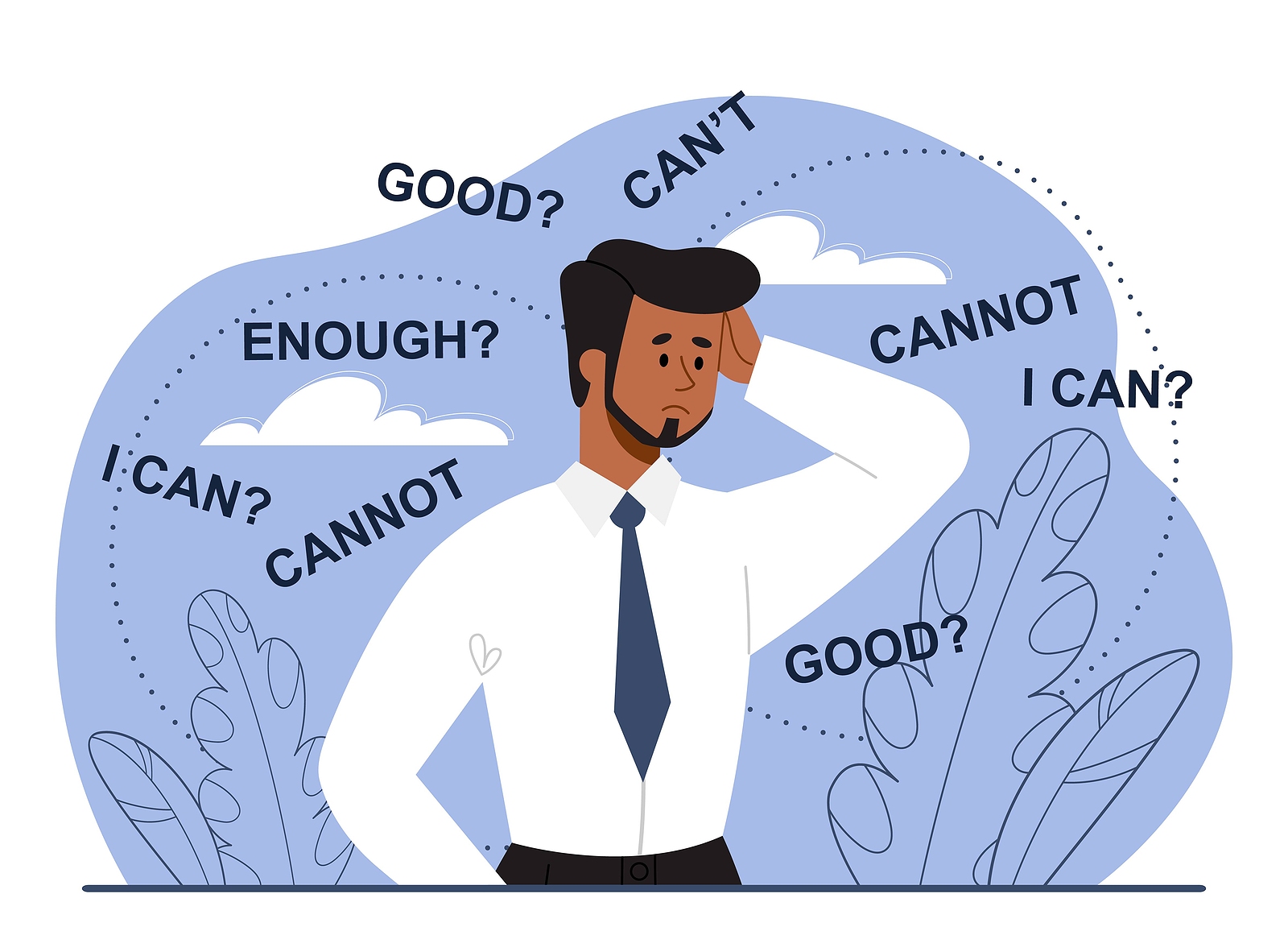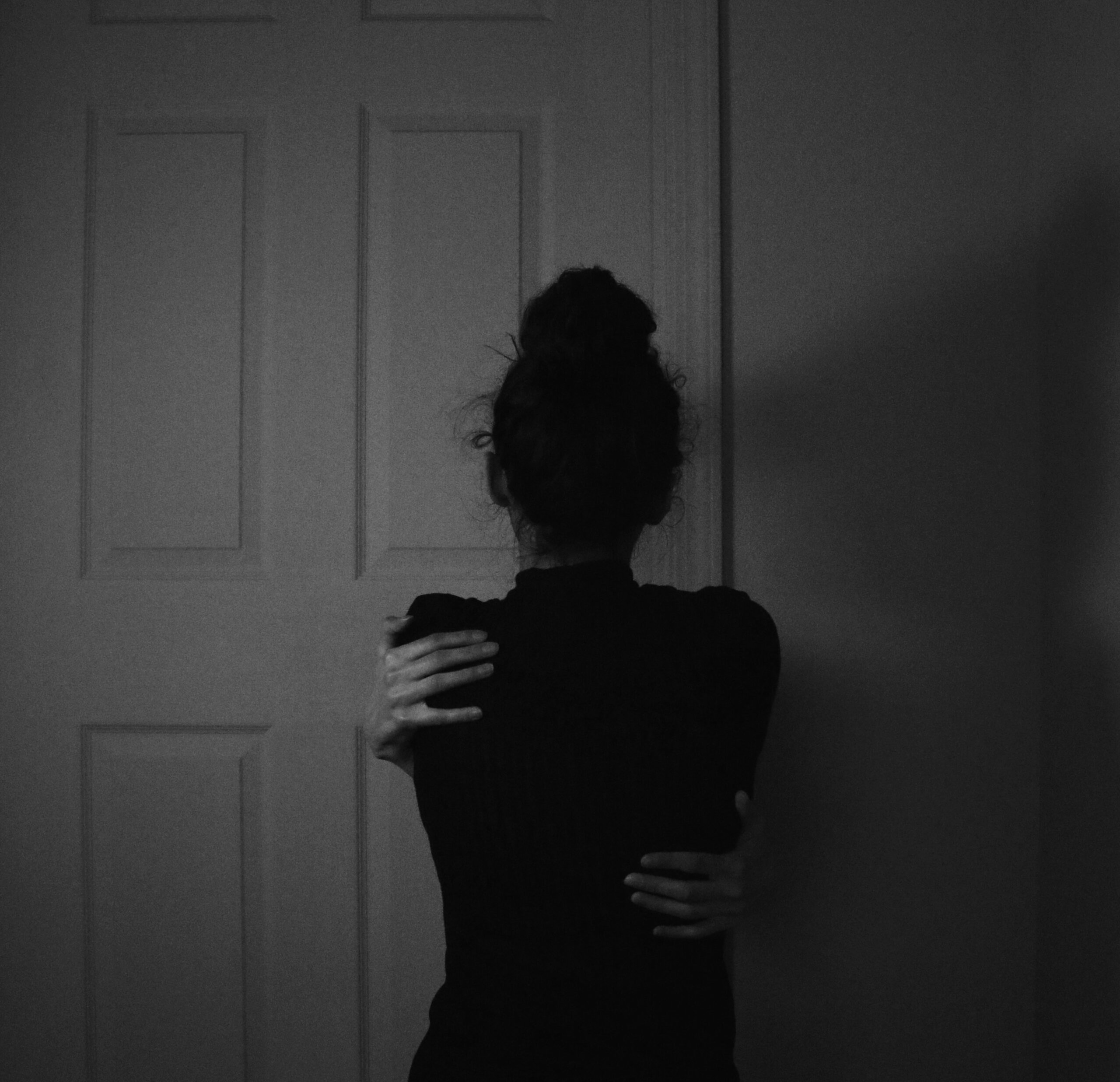“Sorry, TikTok, but you’ve got this part of dating culture all wrong”
–An Allure magazine author, re: an attachment style-related social media spiral
Don’t tell me…You saw relatable video content about having a disorganized attachment style and went down a social media rabbit hole, didn’t you? Now you’re feeling some type of way.
Here are some tips to slow down the spiral:

1. Take a deep breath and realize that you don’t have to let a label define you.
Think about it: There are so many different labels out there…some with which you may identify and others that just don’t seem to align. Either way, you have the power to decide what’s best for you; you’re the expert of your own life. Don’t let anyone convince you that one attachment style is more difficult to deal with or worse than another; those are just opinions. You can take the labels or leave them!
2. Familiarize yourself with the spectrum of attachment styles.
Attachment styles are essentially ways we connect with other people. The two categories of attachment styles are secure and insecure. People who experienced more gaps in their needs being met in early life typically develop insecure attachment styles.
Under the umbrella of insecure attachment are: anxious-preoccupied, dismissive-avoidant, and fearful-avoidant a.k.a. disorganized attachment styles. All of these exist on a spectrum of high to low anxiety and avoidance in relationships, which means not everyone fits squarely into one category. Also, keep in mind that some people may show up securely in one relationship and insecurely in another.
3. Take an attachment style quiz or two!
Give yourself a better chance at discovering an attachment style you actually identify with by answering related questions using websites dedicated to this topic, such as the one offered by Your Personality.net or by The Attachment Project.

4. Familiarize yourself with the key themes related to disorganized attachment but note the nuances.
Some key themes are:
- Development: Perceived fear is typically central to the development of disorganized attachment in childhood, this could mean:
- The caregiver’s inconsistency in meeting their needs makes the child fear for their safety or
- The child saw or experienced something traumatic involving the caregiver, which caused fear (Note that another scenario is also possible; there is no “one size fits all”
- The Combination:
– Biological Needs:
1. According to a Psychology Today article, “People who get attached in a disorganized way oscillate from two biological drives whenever the opportunity to attach comes about in life: the need to belong (to love and connect with others) and the need to survive (to protect oneself)
2. The fearful nature of their childhood experience often translates into a fear of intimacy, like a dismissive-avoidant typically has, yet a desire for closeness like someone with an anxious-preoccupied attachment style usually displays.
– View of Self and Others: They generally have a negative view of self and others, unlike the dismissive-avoidant type that typically has a positive view of self and negative view of others or the anxious-preoccupied type that usually views themselves negatively and others positively.
* Remember that attachment styles exist on a spectrum, so this person could lean more heavily one way or the other vs. having an equal distribution of these tendencies

5. Find out more about your attachment style from reputable sources.
Social media can definitely be a great place to discover new things and build a community. However, not everyone who is posting knows what they’re talking about, and others may be speaking narrowly from only their own personal experiences.
The fearful-avoidant, a.k.a. disorganized attachment style, is one of the most misunderstood, and there is more research to be done.
There are a number of reputable sources out there; here are a few I’d recommend:
- The Attachment Project – Disorganized Attachment: Causes & Symptoms
- YouTube video – Therapist Explains Attachment Styles by Steph Anya, LMFT (starting at 08:10 for disorganized attachment)
- Psychology Today – Disorganized Attachment: The Childhood Environment
- YouTube Video – Disorganized Attachment Explained: The Push Pull of Relationships
Ready to Embrace Your Attachment Style? An Attachment Therapist in Brooklyn, NY Can Help!
It’s time for a mindset shift. It’s time to start being good to and for you. Invest in yourself with online therapy in New York now. Our therapists are here to support and guide you in better understanding your attachment style. We are happy to offer both in-person and online services. When you are ready to start with SG Wellness, just follow these simple steps:
- Contact SG Counseling
- Talk with a skilled black therapist!
- Start creating healthier bonds!
Other Services SG Wellness Offers:
Finding support for your mental health matters. Our therapists in NY are here for you and your needs. At our therapy practice, we have therapists who identify as black therapists, Latinx therapists, Dominican, & BIPOC. It’s our mission to offer multicultural counseling that serves you and your needs. We offer therapy for people of color, therapy for Latinx individuals, indigenous populations, and Middle Eastern clients, as well as therapy for men and women. If you’re looking for a safe space, we are here for you.
Additionally, if you’re looking for another kind of support unrelated to therapy for self-esteem, we are happy to offer other services. Other services offered include anxiety treatment and therapy for perfectionism, depression treatment, individual therapy, therapy for young and emerging adults, and individual relationship therapy. All of our services are offered via online therapy in New York. Areas we serve include Bedstuy, The Bronx, Queens, and Brooklyn, NY. When you’re ready, let’s work together.


Recent Comments